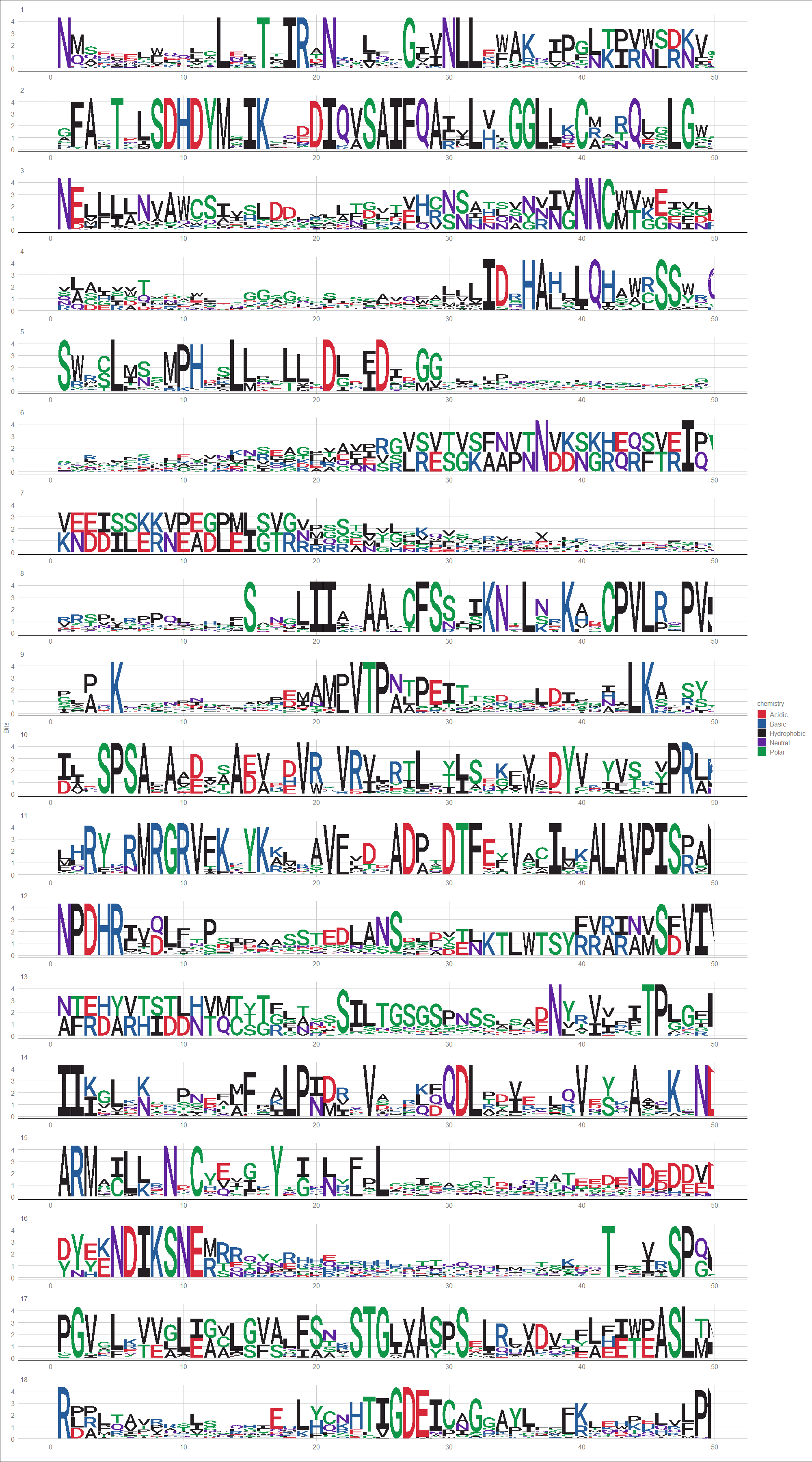THR-like
- Domain
- zf-C4|THR-like
- Group
- Zinc-Coordinating Group
- PFAM
- AnimalTFDB
- Desciption
- DNA-binding domain of thyroid hormone receptors (TRs) is composed of two C4-type zinc fingers. Each zinc finger contains a group of four Cys residues which co-ordinates a single zinc atom. TR interacts with the thyroid response element, which is a DNA site with direct repeats of the consensus sequence 5'-AGGTCA-3' separated by one to five base pairs, upstream of target genes and modulates the rate of transcriptional initiation. Thyroid hormone receptor (TR) mediates the actions of thyroid hormones, which play critical roles in growth, development, and homeostasis in mammals. They regulate overall metabolic rate, cholesterol and triglyceride levels, and heart rate, and affect mood. TRs are expressed from two separate genes (alpha and beta) in human and each gene generates two isoforms of the receptor through differential promoter usage or splicing. TRalpha functions in the heart to regulate heart rate and rhythm and TRbeta is active in the liver and other tissues. The unliganded TRs function as transcription repressors, by binding to thyroid hormone response elements (TRE) predominantly as homodimers, or as heterodimers with retinoid X-receptors (RXR), and being associated with a complex of proteins containing corepressor proteins. Ligand binding promotes corepressor dissociation and binding of a coactivator to activate transcription. Like other members of the nuclear receptor (NR) superfamily of ligand-activated transcription factors, TR has a central well conserved DNA binding domain (DBD), a variable N-terminal domain, a flexible hinge and a C-terminal ligand binding domain (LBD). [4, 3, 5, 2, 7, 1, 6]
- Rederence
-
- Principles for modulation of the nuclear receptor superfamily. Gronemeyer H, Gustafsson JA, Laudet V. Nat Rev Drug Discov 3, 950-64, (2004).
- The evolution of the nuclear receptor superfamily. Escriva H, Bertrand S, Laudet V. Essays Biochem. 40, 11-26, (2004).
- Structural determinants of nuclear receptor assembly on DNA direct repeats. Rastinejad F, Perlmann T, Evans RM, Sigler PB. Nature 375, 203-11, (1995).
- Mechanisms of thyroid hormone action: insights from X-ray crystallographic and functional studies. Ribeiro RC, Apriletti JW, Wagner RL, West BL, Feng W, Huber R, Kushner PJ, Nilsson S, Scanlan T, Fletterick RJ, Schaufele F, Baxter JD. Recent Prog Horm Res 53, 351-92; discussion 392-4, (1998).
- Molecular and structural biology of thyroid hormone receptors. Apriletti JW, Ribeiro RC, Wagner RL, Feng W, Webb P, Kushner PJ, West BL, Nilsson S, Scanlan TS, Fletterick RJ, Baxter JD. Clin Exp Pharmacol Physiol Suppl 25, S2-11, (1998).
- DNA recognition by nuclear receptors. Claessens F, Gewirth DT. Essays Biochem. 40, 59-72, (2004).
- Origins and evolutionary diversification of the nuclear receptor superfamily. Owen GI, Zelent A. Cell. Mol. Life Sci. 57, 809-27, (2000).
Statistic of Transcription Factors
DNA Logo
Download
Transcription Factor Table
| Gene ID | Insect | Gene Name | Gene Symbol |
|---|---|---|---|
| iTF_00000425 | Abrostola tripartita | Atri002680.1 | EcR |
| iTF_00000426 | Abrostola tripartita | Atri000938.1 | HR3 |
| iTF_00000427 | Abrostola tripartita | Atri002773.1 | E75 |
| iTF_00000428 | Abrostola tripartita | Atri002276.1 | Hr96 |
| iTF_00000429 | Abrostola tripartita | Atri003443.1 | Eip78C |
| iTF_00000430 | Abrostola tripartita | Atri010319.1 | USP |
| iTF_00000431 | Abrostola tripartita | Atri019999.1 | Hr39 |
| iTF_00000432 | Abrostola tripartita | Atri010006.1 | HR38 |
| iTF_00000433 | Abrostola tripartita | Atri006704.1 | Hnf4 |
| iTF_00000434 | Abrostola tripartita | Atri005895.1 | NR2E3 |
| iTF_00000435 | Abrostola tripartita | Atri021178.1 | dsf |
| iTF_00000436 | Abrostola tripartita | Atri022284.1 | ESRRA |
| iTF_00000437 | Abrostola tripartita | Atri008905.1 | - |
